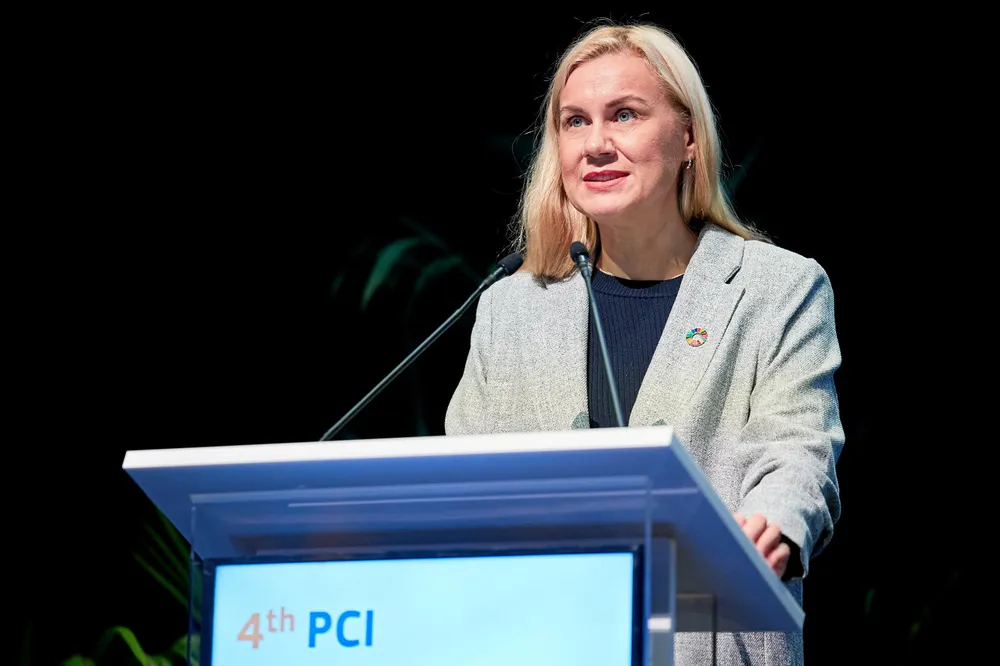European hydrogen infrastructure projects can draw from €850m pot of EU funding from the end of April
The 65 H2 projects of common or mutual interest will be eligible for development grants from the EU's Connecting Europe Facility

The 65 H2 projects of common or mutual interest will be eligible for development grants from the EU's Connecting Europe Facility
